The Imajinary Friends interview with Ricky Maymi
“San Francisco’s The Imajinary Friends, mercurial pranksters of soundscape and pop, continue to turn in the unexpected with their unique brand of original and uncompromising music.”– Pete Kember aka Sonic Boom
Initially formed by members of the original line-up of The Brian Jonestown Massacre in the Summer of 1993 with Travis Threlkel, Ricky Maymi and Graham Bonnar (Swervedriver). Later on, Matt Hollywood (The Brian Jonestown Massacre) and Tim Digulla (Tipsy). Excited about the new band, Greg Shaw of Bomp! Records cut them a check to make the record without ever hearing a note or seeing the band (who hadn’t even played live yet…(!). The Imajinary Friends debut Lunchtime In Infinity was released on Bomp! Records in 1994. Read out interview with Ricky Maymi who is currently touring with The Brian Jonestown Massacre.
Where and when did you grow up? Was music a big part of your family life? Did the local music scene influence you or inspire you to play music?
Tim, Travis and I all grew up in and around the San Francisco area. Tim is from San Rafael, in Marin County, just over the Golden Gate Bridge from San Francisco. Travis and I are from Montara and Moss Beach, respectively, just north of Half Moon Bay, 30 minutes down the coast from San Francisco, where I was born. Travis and I met in middle school in 1985. We both met Tim in 1992 in San Francisco, when he was working at The Compound, Naut Humon’s studio. It’s the place where Travis, Anton and I did recordings when we all played together in BJM, some of which appear on Spacegirl And Other Favorites. We also did the “Convertible” 7” there.
For me personally, music was a huge part of my life from the very beginning. Not only was my mother a British Invasion enthusiast and a lover of all things Bob Dylan and Jimi Hendrix, her partner was and is a big time folky and a passionate lover of classical music. So I grew up listening to everything from Tom Rush to Vivaldi, as well as all the stuff my mother loved. Also, I have an uncle, Vince Welnick (who tragically is no longer with us) he was the keyboard player for The Tubes. They toured with David Bowie, Yellow Magic Orchestra, Wire, Squeeze, The Stranglers and many others. He later joined Todd Rundgren’s band and after that, The Grateful Dead. My other uncle, Ed Dorn was in a fantastic proto-punk band called Zolar X who played at Rodney’s English Disco in LA with the New York Dolls, KISS and all sorts of others from that early 70’s glam period. He later went on to form the Aurora Pushups, later known as The Pushups. He also engineered records for True West, Klaus Flouride and East Bay Ray, among others. Vince use to come home from tours with all sorts of wonderful tales of Bowie, YMO, Iggy, Zappa, Roxy Music, The Kinks and many others. He knew Brian Eno and jammed with Bob Dylan. XTC made Skylarking at his studio. There was no way I was not going to follow in Vince’s and Ed’s footsteps.
Tim grew up fooling around with analog synths, tape decks and recording machines from a very early age. Travis’s stepfather worked for Otari, who made high end multitrack machines, etc. Music was all around each of us, all along.
As for the local music scene, We were outsiders right from the start. We wanted to create our own scene. When we were coming up, it seemed you weren’t cool if you weren’t in some kind of a joke band. This was when things like Primus were first getting big. There was lots of horrible things like Psychofunkapus and Fungo Mungo going on. The Red Hot Chili Peppers have a lot to answer for…
When did you begin playing music? What was your first instrument? Who were your major influences?
I began when I was 10 (1982) starting with the recorder, clarinet, then the tenor saxophone and the double bass. All by the time I was 14. From there I taught myself drums and took electric bass and guitar lessons.
Travis went straight to guitar and Tim was always a synth and sounds guy. Very much like a Brian Eno. A sound artist more than an actual musician. We all started at a similar age.
My first major influences were the Beatles, David Bowie, the Kinks and of course, the Tubes and Zolar X. I moved on to Japan and David Sylvian, Bill Nelson, Bauhaus and Love & Rockets, Jesus And Mary Chain, Joy Division and the Church from there.
Travis always loved the same kind of stuff.
Tim was always in to avant-garde, industrial and experimental music. Also soundtracks and lounge/exotica.
What bands were you a member of prior to the formation of Imajinary Friends?
The Brian Jonestown Massacre would be the only one worth mentioning.
Can you elaborate the formation of The Imajinary Friends?
It was a reaction to mine and Travis’s experience in the Brian Jonestown Massacre up to that point in time (1993). We’d kind of had enough of playing jingle jangley pop songs (which I ended up falling in love with again) and it became more and more apparent that the band was a singular vision and we would not have any impact on the direction that band was going, so, encouraged by Graham Bonnar, who we were playing with in BJM at the time, after he had just left Swervedriver, we started doing something else. We wanted to do something more wild, free and spontaneous. Something dark and edgy, but in a subtle kind of way. Something that really felt like it came from out of nowhere. Some kind of alien music. Some other world or alternate parallel universe… Dream Rock with an experimental twist.
When and where did The Imajinary Friends play their first gig? How was the band accepted by the audience?
We played a basement party in the lower Haight in 1993. There was about 200 people there. It seemed to go over well. We’ve actually performed only 3 or 4 times since. These days, we aren’t so interested in performing. We would have to have a lot of extra musicians and repeat ourselves over and over in a rehearsal room. So boring. That’s for people who think they are going to be rock stars, or something. Ha! With us, it’s all about what we capture on tape. Why re-create something if you can just be creating something new? I prefer to keep everything we do spontaneous. That is the very nature of how we create our music. Rehearsing it after the fact defeats the entire point of what we do.
How did you decide to use the name “The Imajinary Friends”?
When Travis and I were in BJM, we use to have alter-ego bands. Electric Kool Aid was one of them, and so was The Imajinary Friends. It didn’t have the J at that time. All of us had assumed that since it was such a great name that it must have been used before. There was a Bomp! 7” box set. The Tangible Box. It had a single in it by a band called Acid, which had originally been called the ‘Imaginary Friends’. Anton called it Acid for the same reason. Assuming the name had already been used. So, the ‘Imaginary Friends’ was short lived. We did one or two gigs under that name with Anton before we left BJM. I just played tambourine in that. Fast forward a year later, Travis and I had made this record and we still didn’t have a name. Graham Bonnar played on it. We had Tim on it and Matt Hollywood too. We needed a name. In a rather cheeky and surprising move, Travis decided to use the name, spelling it with a J, as to make the distinction in the event someone had already used that band name on a record. We later found that no one actually had, so the name, with the J just stuck and we are still using it. Why not?
What influenced the band’s sound?
Early on, we were obsessed with Mercury Rev, Th’ Faith Healers, The Telescopes, Moonshake, MBV, Bauhaus, the early Pink Floyd and pretty much anything that was super far out, loud, noisy, wild and fucked up!
Did the size of audiences increase following the release of your debut in 1994?
Well, it resonated with some people…. Weirdos who were in to Chrome and things like that. It certainly wasn’t for the shoegaze crowd, which we had previously been a part of.
How did you get signed to Bomp?
We already had a relationship with Greg Shaw through BJM and he really admired Travis and I. We told him we were starting a new project with Graham from Swervedriver and Greg just cut us a check for $2,500 or whatever it was, before he even heard a note! Before we’d even played a note! He just wanted the record. He was such a lovely guy and always very supportive.
What’s the story behind your debut album? Where did you record it?
Lunchtime In Infinity (the title was taken from the Melody Maker headline of the story of Graham’s departure from Swervedriver) was recorded to 8 track tape at the Rosemarys studio in San Francisco. The dude there, Ian, hated us (don’t know why we recorded there) and we were left to mix it on our own, which is why it sounds so fucked up. We tried… it was all spontaneous, improvisation and off the cuff. No real rehearsal. Again, a reaction to everything we had just done, which was recording with Anton making what later became the Spacegirl and Methadrone albums.
Please share your recollections of the sessions. What were the influences and inspirations for the songs recorded?
We were experimenting with DMT for the first time, at 21 (Travis and I) we had also been taking large amounts of LSD, MDMA and any other wild shit we could get our hands on. I remember being very high the entire time. The first track is definitely influenced by the early Telescopes. Everything else is just us fucking around on lots of hallucinogens. We also recorded some of the later tracks on the album at the flat Tim and I were sharing, which was the former Psychic Youth temple and also the place where Anne Rice wrote “Interview With The Vampire”. Making noisy tape loops, metallic industrial soundscapes and just banging on stuff. Getting in touch with our inner primate selves! We were kids just goofing off, but somehow made something kind of magical happen. I think Tim was 19 at the time. Travis and I were 21.
Would you share your insight on the albums’ tracks?
In all honesty, It’s been many years since I have listened… we wanted it to sound like transmissions from outer space.
How pleased was the band with the sound of the album? What, if anything, would you like to have been different from the finished product?
I wish that we’d had more time and money to mix it properly. Also to record more material. The whole thing was so rushed. We just really wanted something out as quickly as possible. Such impatient youth.
Did the band tour to support the LP?
No, we would never do something like that. Travis moved away to Cincinnati to raise his daughter, Ava, just after we finished the record. He didn’t return to San Francisco to live until 1999. He ran a nightclub in Cincinnati called the Kellogg Club and put on gigs by Pavement, Jesus Lizard, Superchunk, Polvo and bands like that.
Was there a certain concept behind the album?
Capture the moment. Make something utterly fucked up that sounded like it was beaming in from another dimension. A parallel universe. Outer space.
Come Out To Play was EP that you released in the late 1990s.
Yeah, we did a whole album. Greg payed for it, we sent it to him, and he said it was too fucked up, which was ironic as we’d thought it was far more commercial and accessible than Lunchtime In Infinity was. Pete Kember aka Sonic Boom heard it and decided it needed to be heard, by his fans, so he selected a third of the tracks and made a split album with Spectrum For Space Age Recordings. It didn’t come out until 1999 but it was completed in 1995.
What happened after the band stopped?
Travis founded Obscura Digital, Tim enjoyed success with Tipsy and I was at uni, then playing in another Bomp! band called Smallstone, and later in Spectrum and also a band called Mellow Drunk before returning to BJM.
Looking back, what was the highlight of your time in the band? Which songs are you most proud of? Where and when was your most memorable gig?
Well, the highlight was just spending time with Tim and Travis. They are my best friends and I admire them greatly as artists and creative thinkers. Also Graham. He is a massively influential guy and was the catalyst for so much change in my life at that time. He helped me to believe in myself. Boosted my confidence.
I don’t feel pride in connection to the music. I’m just satisfied that we shared a creative experience, as friends. A free flowing, supercharged, wild ride. We are always willing to allow our experiments to fail. If they don’t, then that’s a huge plus! Our new album feels like our first ever, in many ways. I am so grateful for how well received it is! None of us expected, or could have anticipated that. We thought we’d be pressing up a small run of records and giving them to our friends, and that’s about it. It’s a very personal thing for us to be creating music together, more than ever. Sharing the end result publicly is such a bonus! It’s given me great, unexpected pleasure. We could stop here and I’d be fine with it… We feel that it is a success!
So last year you decided to record a new album after all these years. How did that come about? It was released on 300mics in USA and Sound Effect Records in Europe.
We just really missed creating together. It was Travis’s idea and I think Tim and Travis really needed the creative outlet as they had both been so preoccupied by their work with Obscura Digital. Tipsy was on the shelf and Travis hadn’t really been making any music for a while.
I jumped at the chance to record with them. They are such lovely and brilliant people. We booked the Lumerians’ studio for a week. 1 inch 16 track studio. Brought in a stack of reels and instruments and deliberately had no songs. (That’s the rule) the album we got out of it is about a third of what we recorded. We came up with a lot of stuff. Tyler Greene from the Lumerians engineered the sessions and every time we came to the end of a piece, he would always ask if we wanted to listen back and the answer was pretty much always “no, let’s just make up another one” that went on for a week. It had not yet occurred to us that we would have to hear it all back in real time as it was all analog recordings. We didn’t even get around to that until the following year. The original sessions took place in 2013! We were pretty set on self releasing it, but we were encouraged to present it to some labels. Hoga Nord, Great Pop Supplement. They gave good feedback but weren’t interested. Micheal Giordano from 300mics is an old friend of mine and Travis’s. He heard it and was very enthusiastic about the idea of releasing it, despite our lack of interest in promoting it in any conventional ways. Touring, etc. it’s a studio project and we wanted it to be an esoteric kind of release. He was sympathetic to that and that suited us perfectly. From there, Sound Effect became aware of it and took an interest, which had meaning for us as well, as Travis and I actually met Emilios from the label in 1993 in Athens when we were there on a summer holiday together. We had already decided we were moving on from BJM by that point but hadn’t actually done it yet. Emilios was distributing the BJM stuff through Hitch Hike Records and he helped us out when we were there. We connected with him then through Greg Shaw. It felt like some kind of full-circle experience so we jumped at the chance to have Emilios release the album in Europe! There is also an edition of 50 copies released with a wooden cover by French label Je Suis Un Deontologue, on clear vinyl.
Have you all made any changes to the lineup since you started or is this the original lineup?
It’s always been Tim, Travis and I. We had Graham and Matt on the first one. Jeremy Davies on the second one. This time it’s just us three with some guest appearances.
Can you share some further details how your latest album was recorded and released?
It was all spontaneous. improvisation. Even the over dubs. One take. The stuff Travis, Tim and I did. Moogy did her vocals at her home studio in Melbourne, Australia for L’Outsider, the opening song. We were pretty blown away and very impressed when we got that back from her. She is super talented. Marleen Nilsson (Death & Vanilla) did her vocal at her home studio in Malmö, Sweden. Same experience for us, we were blown away and really moved by what she brought to to the piece “Baby’s Bathwater”. The two of them worked in their own time. They didn’t have to do it, so we were and are eternally grateful for their contributions. It made us believe in the work more! Stephen Lawrie (The Telescopes) actually came to Obscura studio one night, while visiting San Francisco and we captured him chanting and groaning in to the mic through the space echo and it was just absolutely perfect for the track “Hate This Party”, and he is a long time hero of ours, so it was a bit of a moment for us, to say the very least.
What kind of process do you have at mastering material for the release?
Obscura has an in house mastering suite and Alex Oropexa is in there mastering recordings all day long, so handing it over to him was a no-brainer.
Who is behind the artwork?
A guy called Sunhair, or, Raja Chemali. He’s from Montreal and he does some very impressive and diverse artwork! I was so thrilled to discover him and very pleased he was so agreeable. Look up his work! When I asked about it, he said to send him some music. I gave him no details of who we were or anything. I had to contact him again to ask if he’d listened. He said “you guys have potential, although I’m more in to progressive rock” I knew then that we must have his piece, of he’d allow it. He told me to just make sure we credited him, which we did. He is fantastic! Seriously, check out his work!
Who are some of your personal favorite bands that you’ve had a chance to play with over the past few years?
I have performed and/or recorded with many of my influences. The Church, the Triffids, the Wild Swans, the Telescopes, the Clean, Spectrum, the Clientele, Piano Magic. Jean Jacques Perry, Twink… Many others. It’s astounding when I look back. I am grateful for it all.
What are some future plans?
Definitely make another Imajinary Friends album! Also curating a compilation of my uncle Ed’s old band The Pushups to be released. I produce a lot of bands in Australia and China, so I am hoping more of that comes my way. I have a band in Beijing I play drums in and produce called Baihu, which means two things. White tiger and shaved vagina. I’m also looking to do more recording with Anton at some point. We need to synchronize our schedules, etc. we have kids and other things on, like touring in BJM, so we will see when that happens there…
Let’s end this interview with some of your favourite albums. Have you found something new lately you would like to recommend to our readers?
There are some great bands in China, particularly in Beijing. I started a distro company called FAR OUT DISTANT SOUNDS that deals exclusively in this music. It’s well worth investigating, I promise you. It’s my favorite contemporary music, by far!
Other than that, I listen to Japanese composers, Japanese tango, Japanese “city pop”, vaporwave, experimental music and an Aussie guy called Michael Savage, who I sometimes do some production work for. He’s absolutely brilliant! We did a record together that features Richard Lane (The Stems) and Greg Hitchcock (ex-You Am I, Datura4) I also love the bands The New Lines, Lake Ruth, Flavor Crystals, Soundcarriers, Death & Vanilla and Alpine Decline.
Thank you. Last word is yours.
Well, I’d like to say that we are grateful for you taking the time for this interview and being interested in all of this. We appreciate it very much. It means a lot to us. Thank you very much!
Photos © Peter Booth Lee
– Klemen Breznikar
Array

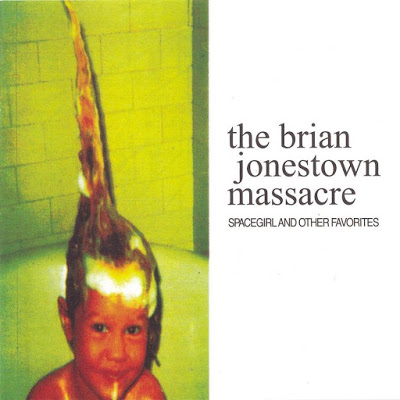
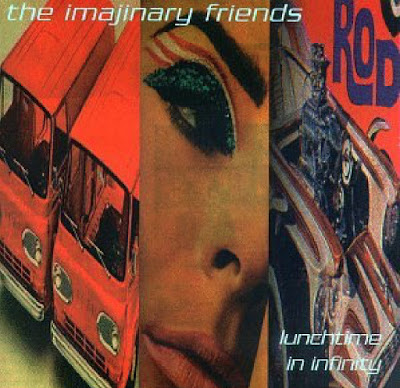
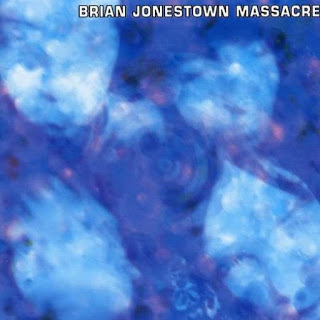
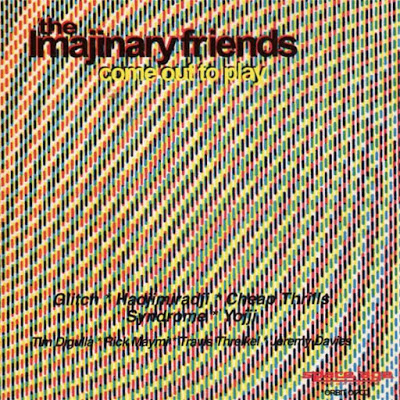
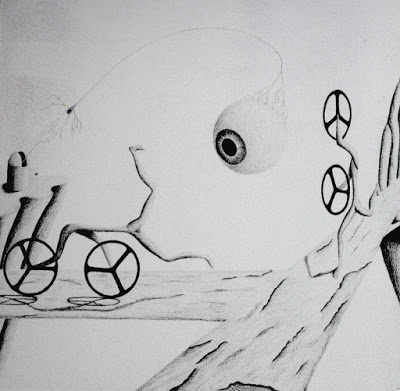
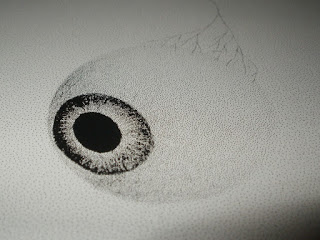
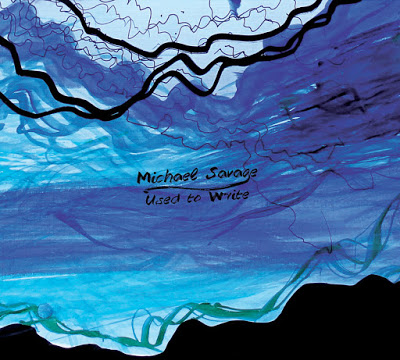
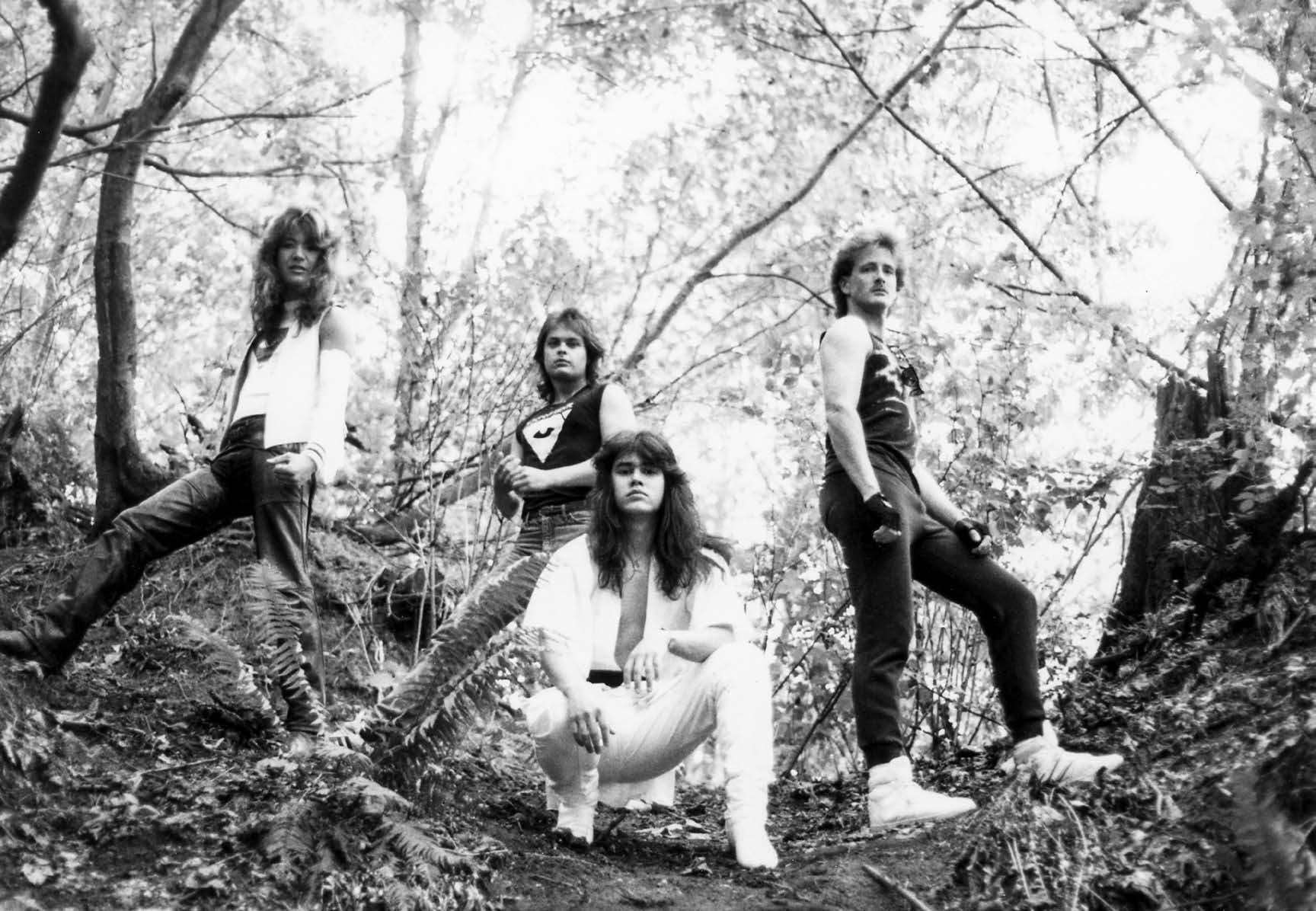
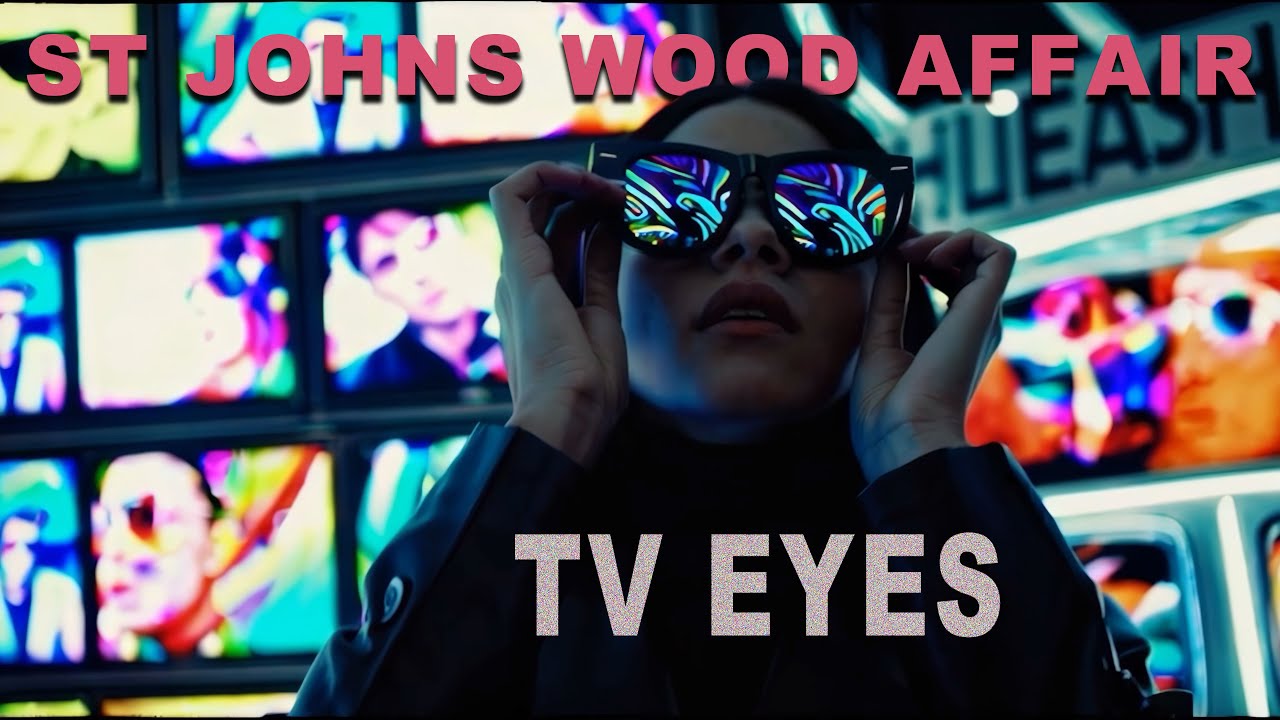
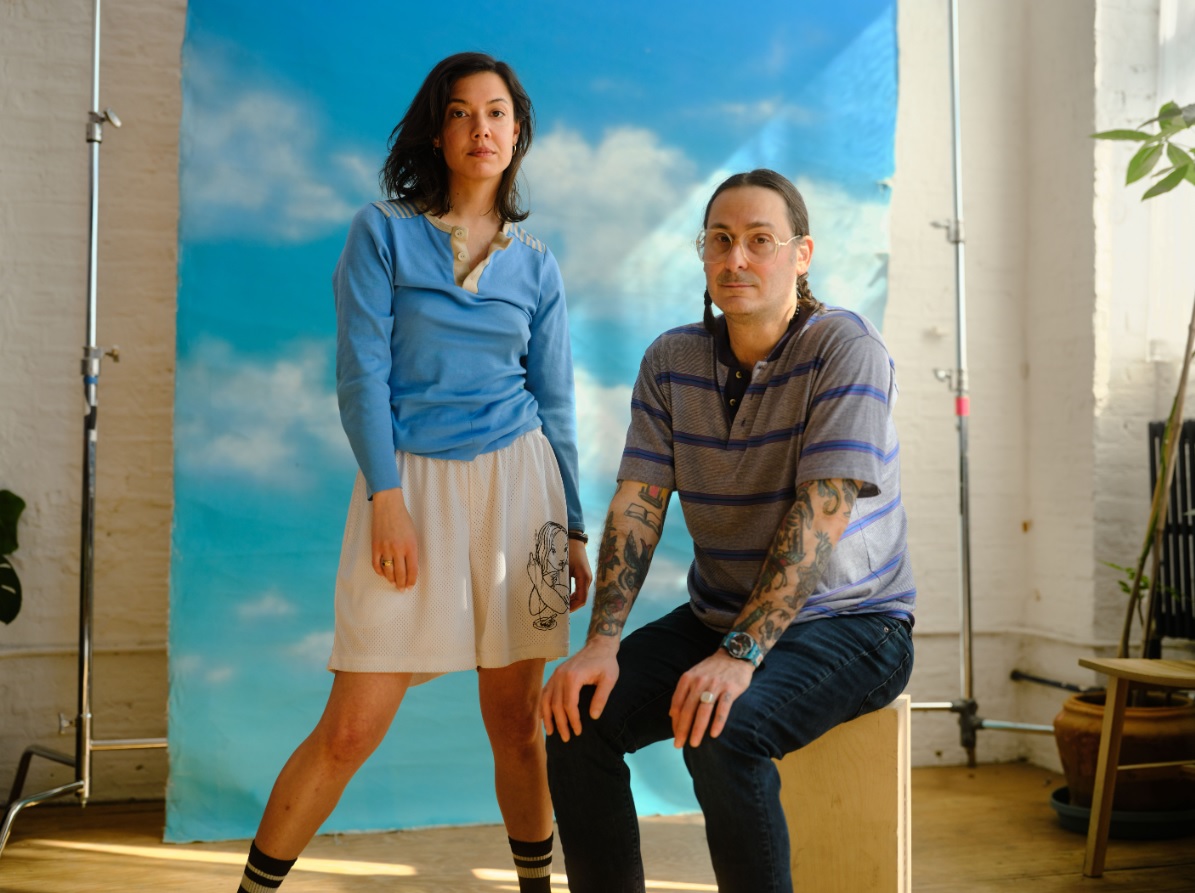
Good interview, the band has a rich and interesting history and looks worth checking out.